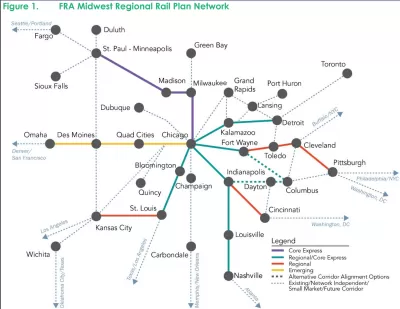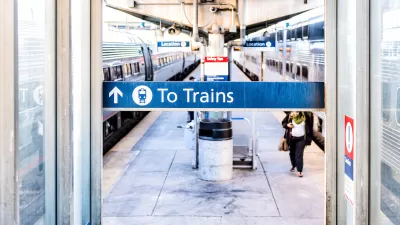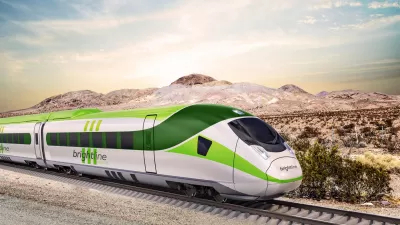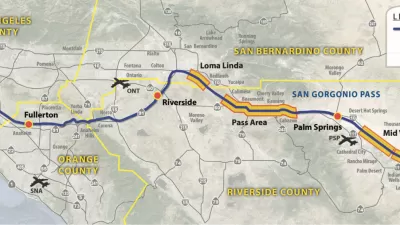If built, regional high-speed rail networks could provide an alternative to uncomfortable air travel and prevent travelers from becoming stranded at airports during extreme weather.

A high-speed rail network could be the solution to the vast disruptions in travel caused by canceled flights and poor weather every year, argues Owen Pickford. A proposal from the Federal Railroad Administration (FRA) shows what a hub-and-spoke Midwest rail network could look like. According to Pickford, "Much of it is not really a high-speed rail network, more like 'higher' speed. Only on 'Core Express' corridors will train speeds exceed 125 mph, while the 'Regional' sections will be in the 90 mph to 125 mph range under the FRA plan." Late last year, Amtrak's St. Louis-to-Chicago trains started reaching top speeds of 90 miles per hour, with an ultimate goal of traveling at 110 miles per hour.
True high-speed rail, Pickford argues, would make trips across the Midwest faster and more climate-friendly while reducing operating costs and bringing economic benefits to cities without adequate air service. Meanwhile, in the Pacific Northwest, the proposed Cascadia Rail system would have provided an alternate transportation option for travelers from Sea-Tac Airport during recent winter storms. Comprehensive rail systems could also put pressure on airlines and reduce their lobbying power, forcing them to provide better service.
FULL STORY: High Speed Rail Is a Solution for Terrible Airlines

Planetizen Federal Action Tracker
A weekly monitor of how Trump’s orders and actions are impacting planners and planning in America.

Maui's Vacation Rental Debate Turns Ugly
Verbal attacks, misinformation campaigns and fistfights plague a high-stakes debate to convert thousands of vacation rentals into long-term housing.

San Francisco Suspends Traffic Calming Amidst Record Deaths
Citing “a challenging fiscal landscape,” the city will cease the program on the heels of 42 traffic deaths, including 24 pedestrians.

Defunct Pittsburgh Power Plant to Become Residential Tower
A decommissioned steam heat plant will be redeveloped into almost 100 affordable housing units.

Trump Prompts Restructuring of Transportation Research Board in “Unprecedented Overreach”
The TRB has eliminated more than half of its committees including those focused on climate, equity, and cities.

Amtrak Rolls Out New Orleans to Alabama “Mardi Gras” Train
The new service will operate morning and evening departures between Mobile and New Orleans.
Urban Design for Planners 1: Software Tools
This six-course series explores essential urban design concepts using open source software and equips planners with the tools they need to participate fully in the urban design process.
Planning for Universal Design
Learn the tools for implementing Universal Design in planning regulations.
Heyer Gruel & Associates PA
JM Goldson LLC
Custer County Colorado
City of Camden Redevelopment Agency
City of Astoria
Transportation Research & Education Center (TREC) at Portland State University
Jefferson Parish Government
Camden Redevelopment Agency
City of Claremont





























